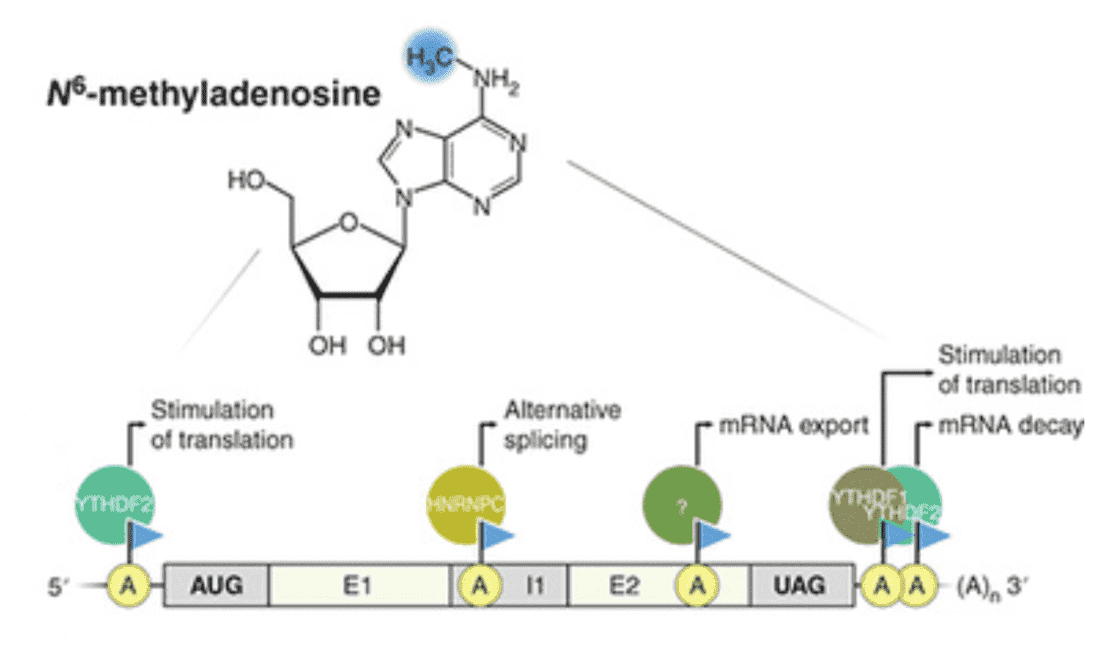
Long-read sequencing has made a major contribution to the identification of the 6mA genome-wide allocation and can accomplish single-nucleotide resolution. Since the absolute 6mA abundance is considerably lower, adequate coverage greater than 100x is essential. SMRT sequencing enables the direct identification of altered nucleotides, such as 6mA, 5mC, and 5-hydroxymethylcytosine, in the DNA framework and does not significantly impair main DNA sequence determination. Using RS Modification and Motif Analysis, base adjustments (6mA) are defined.
From the current methods employed to identify adenosine methylation in RNA, 6mA DNA immunoprecipitation accompanied by deep sequencing (6mA DIP-Seq) has been established. We formed and incorporated this procedure for 6mA identification in DNA. In this procedure, with an antibody that identifies 6mA in genomic DNA, genomic DNA is extracted, fragmented and then DNA involving 6mA is brought down. DNA fragments that do not encompass 6mA are removed after subsequent washing and the 6mA comprising fragments are separated from the antibody to be further analyzed for subsequent analysis.






